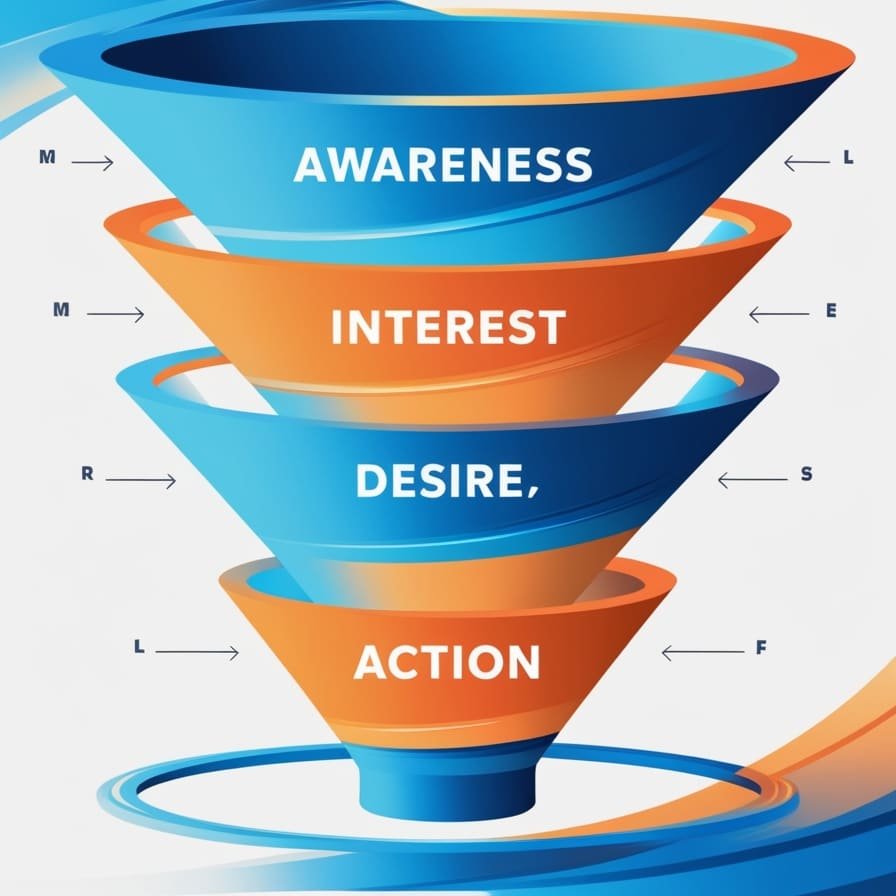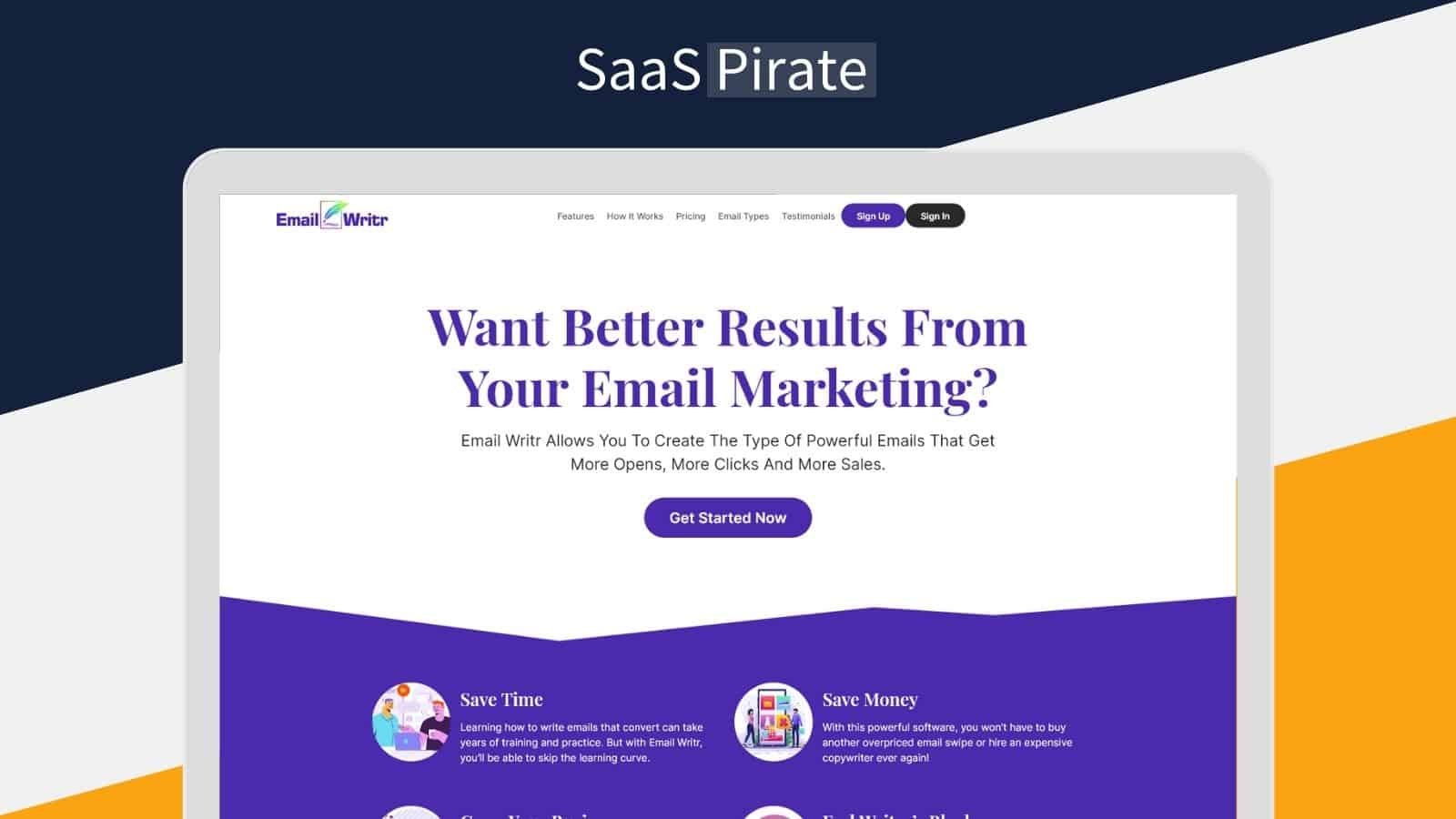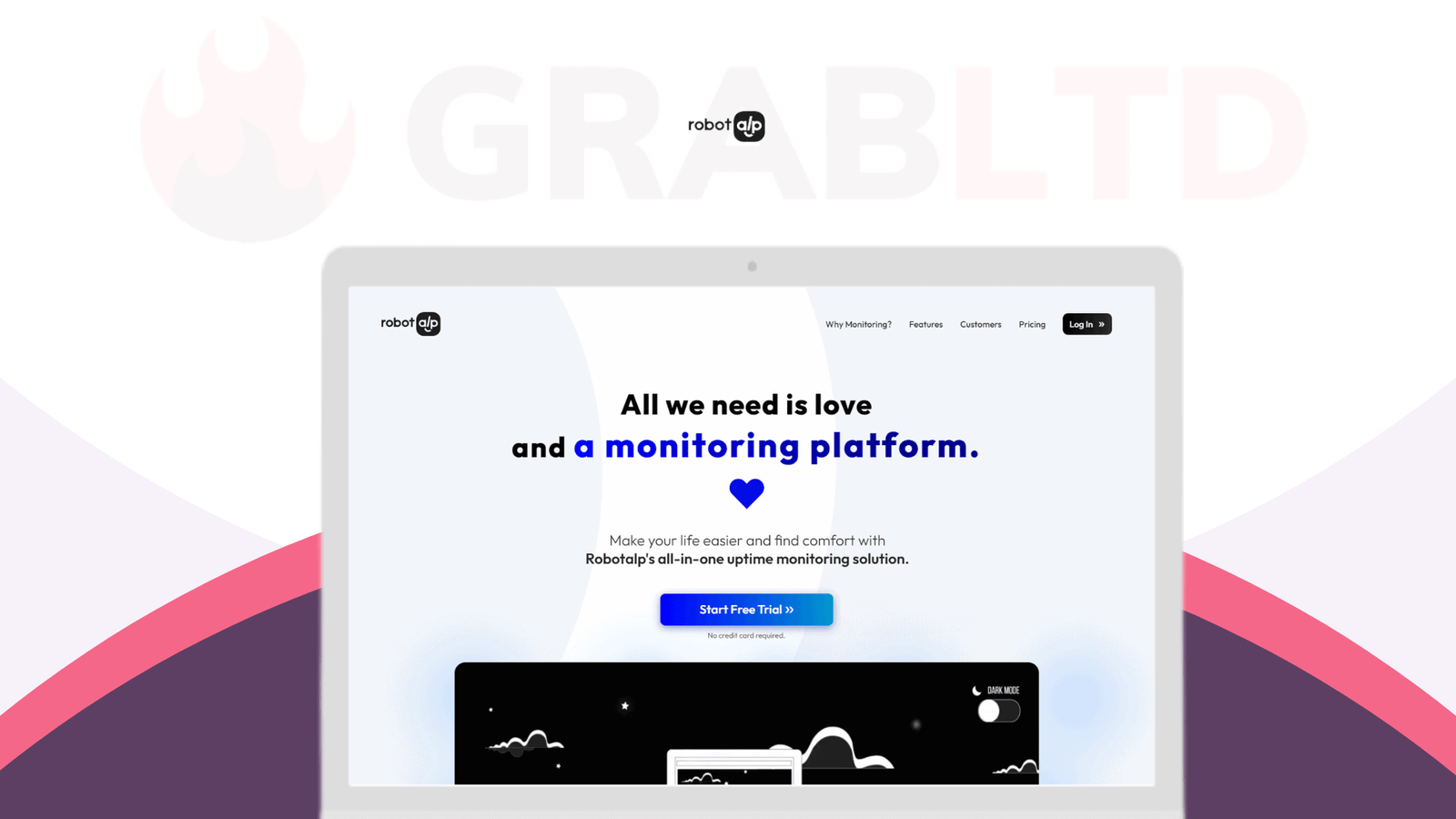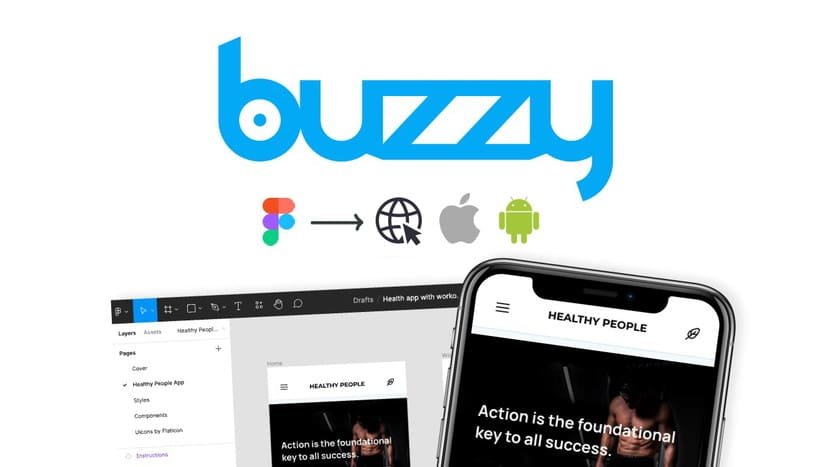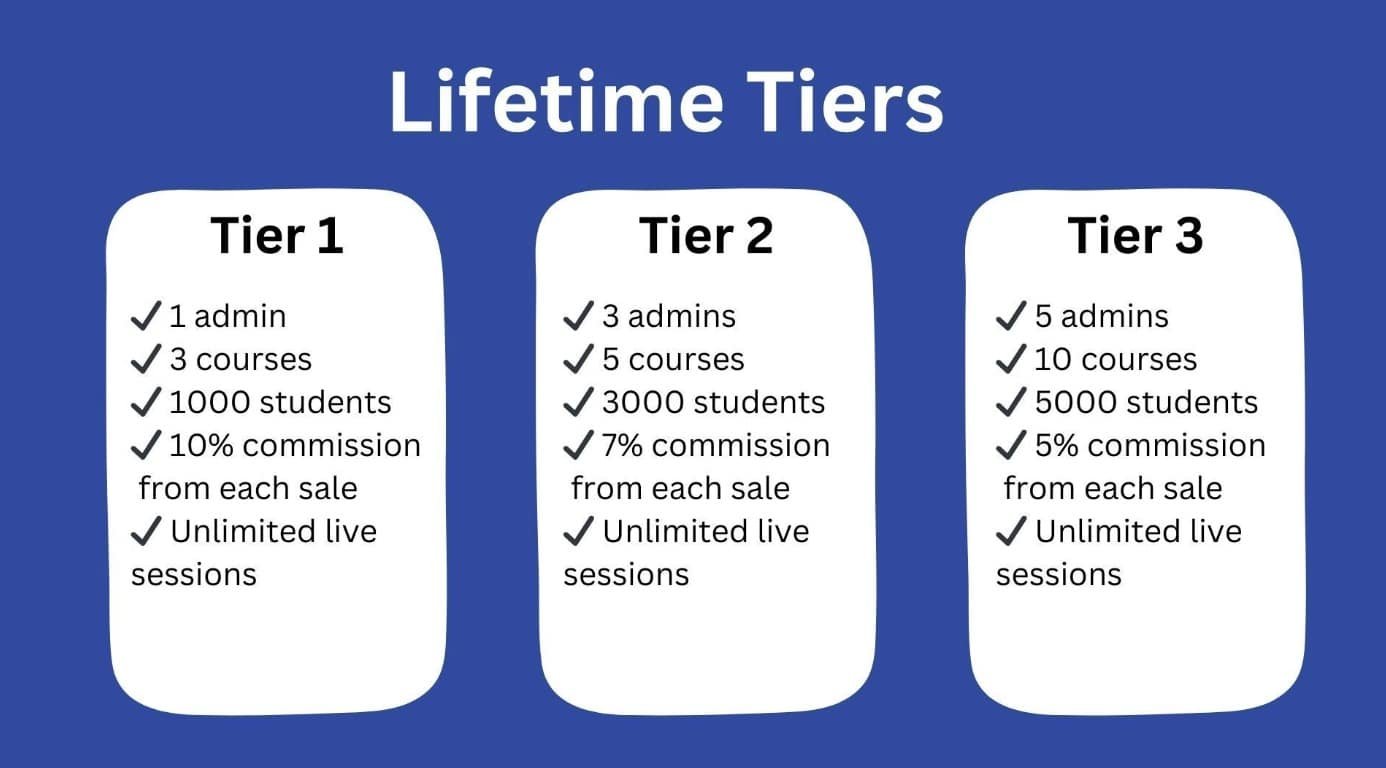What’s Sales Funnel? A sales funnel is a step-by-step process. It guides potential customers from interest to purchase.
Understanding the sales funnel can boost your business. The sales funnel is vital for businesses. It shows the journey of potential customers. From first hearing about your product to making a purchase, each stage is crucial. Knowing these stages helps you improve your strategies.
This can lead to more sales and satisfied customers. By mapping out the process, you can address customer needs better. This blog will explore each part of the sales funnel. You’ll learn how it works and why it’s important. Stay tuned to understand how to use the sales funnel effectively for your business.
Introduction To Sales Funnels
Welcome to our guide on sales funnels. A sales funnel is a key part of any business strategy. It helps convert potential customers into actual buyers. In this section, we will explore the basics of sales funnels.
Definition And Purpose
A sales funnel is a visual representation of the customer journey. It starts from the first contact with your brand to the final purchase. The funnel narrows down at each stage, showing the conversion rate.
The main purpose of a sales funnel is to guide potential customers. It helps them move through the buying process smoothly. It ensures they do not drop off at any stage.
| Stage | Description |
|---|---|
| Awareness | Customers discover your brand. |
| Interest | They show interest in your products. |
| Decision | They consider buying from you. |
| Action | They make a purchase. |
Importance In Business Growth
Sales funnels are crucial for business growth. They help in understanding customer behavior. By analyzing each stage, businesses can identify where they lose customers. This helps in improving the process.
A well-structured sales funnel increases conversion rates. It ensures potential customers become loyal buyers. This leads to more sales and higher revenue.
Sales funnels also help in targeting the right audience. Businesses can focus their marketing efforts on the right stage. This saves time and resources. It ensures a higher return on investment.
- Improves customer journey
- Increases conversion rates
- Targets the right audience
- Saves time and resources
Understanding and implementing sales funnels is essential. It plays a vital role in your business success.
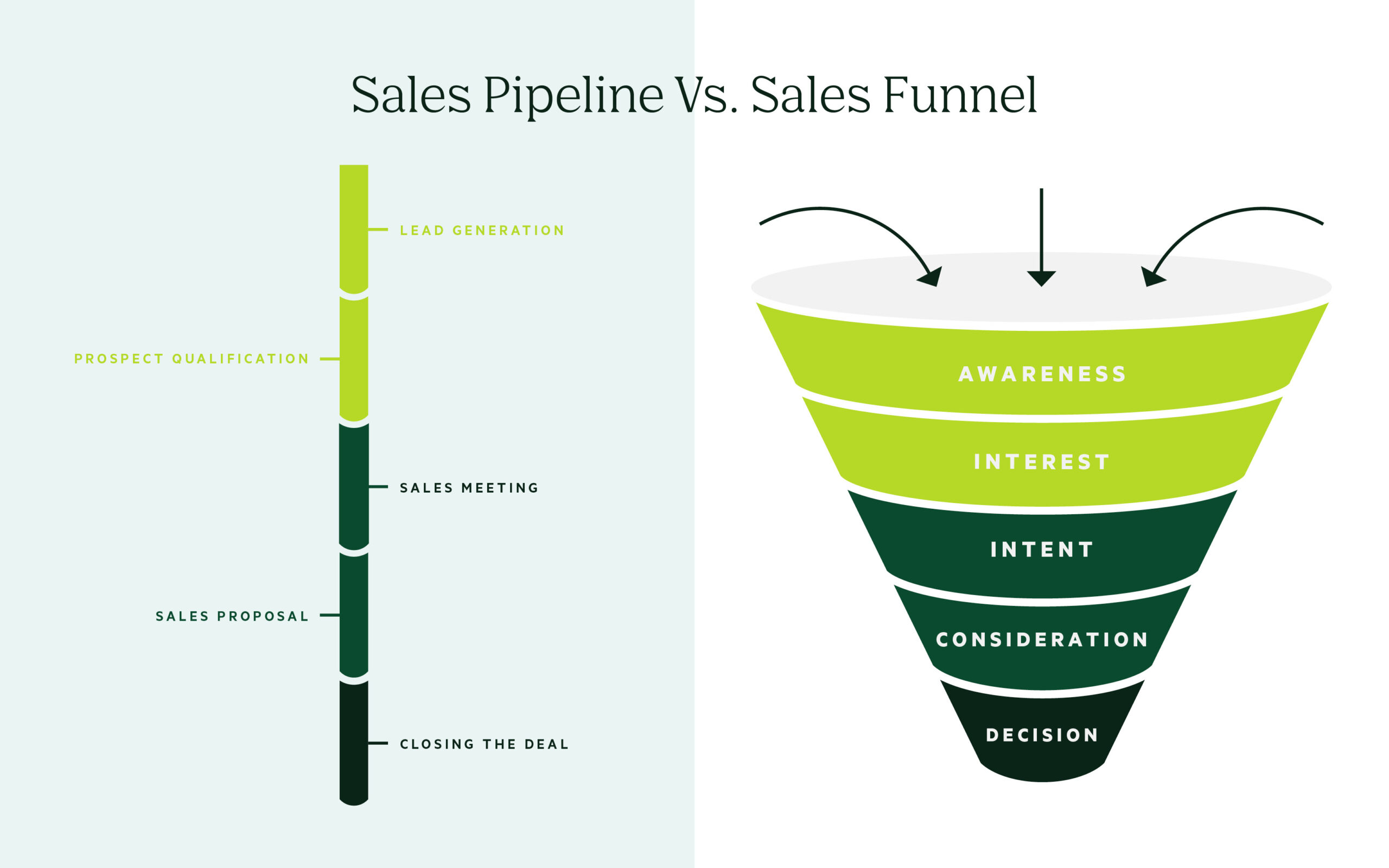
Credit: www.salesloft.com
Stages Of A Sales Funnel
The stages of a sales funnel guide potential customers from the first interaction to making a purchase. Understanding each stage helps in creating effective strategies. Let’s explore these stages in detail.
Awareness Stage
The Awareness Stage is the first step in the sales funnel. Here, potential customers learn about your product or service. This stage is critical for capturing attention. Use various strategies to reach your audience. Common methods include:
- Social media posts
- Blog articles
- SEO-optimized content
Focus on providing valuable information. This helps in building trust and interest.
Interest Stage
In the Interest Stage, potential customers show interest in your offerings. They start to engage more with your content. This is the time to nurture their interest. Effective strategies for this stage include:
- Email newsletters
- Webinars
- Detailed guides
Provide solutions to their problems. Answer questions and offer insights.
Decision Stage
The Decision Stage is crucial. Here, potential customers are considering a purchase. They compare options and evaluate benefits. To aid their decision, offer:
- Product demos
- Customer testimonials
- Case studies
Highlight why your product is the best choice. Ensure they have all the information needed to decide.
Action Stage
In the Action Stage, the potential customer makes a purchase. This is the final step in the sales funnel. To facilitate this action, provide:
- Clear call-to-actions
- Simple checkout processes
- Special offers
Ensure a smooth and hassle-free experience. This increases the likelihood of repeat purchases.
Creating An Effective Sales Funnel
Building a successful sales funnel is crucial for any business. It’s about guiding potential customers through a journey. A well-crafted sales funnel can boost conversions and sales. Let’s dive into the key steps for creating an effective sales funnel.
Identifying Target Audience
Identifying your target audience is the first step. Knowing who you want to reach helps tailor your message. Start by considering their demographics:
- Age
- Gender
- Location
- Income level
Next, think about their interests and behaviors:
- What problems do they face?
- What solutions are they seeking?
- Where do they spend their time online?
Use tools like Google Analytics and social media insights. These tools offer valuable data on your audience. Customer surveys and feedback can also provide insights.
Crafting Compelling Content
Content is the heart of your sales funnel. It attracts and engages your audience. Focus on creating content that educates and informs. Different stages of the funnel require different types of content:
| Stage | Content Type |
|---|---|
| Awareness | Blog posts, social media updates |
| Interest | Case studies, webinars |
| Decision | Product comparisons, testimonials |
| Action | Special offers, free trials |
Use strong headlines to grab attention. Include calls-to-action to guide users to the next step. Visuals like images and videos can make your content more engaging.
Regularly update your content. Keep it relevant and fresh. Analyze what works and tweak your strategy accordingly.

Credit: www.hublead.io
Optimizing The Sales Funnel
Optimizing the sales funnel is crucial for improving conversion rates and driving revenue growth. By fine-tuning each stage of the funnel, businesses can ensure a smooth journey for their potential customers. Let’s explore two key strategies for optimizing your sales funnel: Tracking Key Metrics and Implementing A/B Testing.
Tracking Key Metrics
Tracking key metrics helps understand how well the sales funnel is performing. Focus on these important metrics:
- Conversion Rate: Percentage of visitors who become customers.
- Lead Drop-off Rate: Number of leads lost at each funnel stage.
- Average Time to Conversion: Time taken for a lead to convert.
- Customer Lifetime Value (CLV): Total revenue from a customer over time.
Analyzing these metrics can reveal areas that need improvement. For instance, a high drop-off rate may indicate a problem in the funnel. Consider creating a simple table to track these metrics:
| Metric | Value | Goal |
|---|---|---|
| Conversion Rate | 5% | 10% |
| Lead Drop-off Rate | 30% | 20% |
| Average Time to Conversion | 2 weeks | 1 week |
| Customer Lifetime Value (CLV) | $1000 | $1500 |
Implementing A/b Testing
Implementing A/B testing helps identify what works best for each funnel stage. Here’s how to do it:
- Identify Elements to Test: Choose elements like headlines, images, or CTAs.
- Create Variations: Develop two versions of the chosen element.
- Run the Test: Split your audience into two groups. Show each group a different version.
- Analyze Results: Compare the performance of both versions.
For example, you can test two different headlines for a landing page. Track which headline generates more conversions. Use the winning version to optimize your funnel.
By combining tracking key metrics and implementing A/B testing, businesses can continuously improve their sales funnel. This ensures a seamless journey for potential customers and boosts overall sales.
Common Sales Funnel Mistakes
Setting up a sales funnel is crucial for guiding potential customers. But many businesses make common mistakes that hinder their success. Avoiding these mistakes can improve your sales process and increase conversions.
Ignoring Customer Needs
One common mistake is ignoring customer needs. Customers have specific desires and pain points. If your sales funnel doesn’t address these, they will lose interest.
To avoid this mistake, consider the following steps:
- Conduct surveys to understand customer preferences.
- Analyze customer feedback and reviews.
- Use this data to personalize your sales approach.
Understanding and addressing customer needs can help build trust. This increases the likelihood of converting leads into sales.
Lack Of Follow-up
A lack of follow-up is another common mistake. Many leads need multiple touchpoints before making a purchase. Failing to follow up means losing potential sales.
Implement these strategies to improve follow-up:
- Set up automated email sequences.
- Schedule regular follow-up calls.
- Offer incentives for quick responses.
Consistent follow-up keeps your brand top of mind. It shows customers you value their interest, increasing conversion chances.
Tools For Managing Sales Funnels
Managing a sales funnel can be complex. The right tools make the process easier. Below, we discuss two essential tools for managing sales funnels effectively.
Crm Software
Customer Relationship Management (CRM) software helps track and manage customer interactions. It stores customer data, tracks sales activities, and helps manage leads.
Here are some key features of CRM software:
- Contact management
- Sales forecasting
- Pipeline management
- Lead tracking
- Reporting and analytics
Using CRM software allows sales teams to be more organized. It ensures no lead falls through the cracks. Popular CRM tools include Salesforce, HubSpot, and Zoho CRM.
Marketing Automation Tools
Marketing automation tools streamline marketing tasks. They help in lead generation, nurturing, and scoring.
Essential features of marketing automation tools include:
- Email marketing
- Social media management
- Lead scoring
- Campaign management
- Analytics
These tools save time by automating repetitive tasks. They also ensure consistent communication with leads. Examples of marketing automation tools are Mailchimp, Marketo, and Pardot.
| Tool Type | Key Features | Examples |
|---|---|---|
| CRM Software |
|
Salesforce, HubSpot, Zoho CRM |
| Marketing Automation Tools |
|
Mailchimp, Marketo, Pardot |
Case Studies Of Successful Sales Funnels
Understanding successful sales funnels can offer valuable insights. Let’s dive into some real-world examples. See how businesses effectively convert leads into customers.
E-commerce Examples
An online clothing store implemented a robust sales funnel. Their strategy included:
- Attracting Traffic: They used social media ads targeting fashion enthusiasts.
- Lead Generation: Visitors received a 10% discount for signing up for the newsletter.
- Nurturing Leads: They sent personalized emails with fashion tips and exclusive offers.
- Conversion: A streamlined checkout process reduced cart abandonment.
This funnel resulted in a 20% increase in sales within three months.
A gadget shop optimized their sales funnel. Their approach included:
- Driving Traffic: They invested in Google Ads targeting tech-savvy individuals.
- Lead Capture: A pop-up offered a free eBook on the latest gadgets for email sign-ups.
- Engaging Leads: They sent weekly newsletters with product reviews and special deals.
- Closing Sales: Limited-time offers and free shipping on orders over $50.
This resulted in a 15% increase in customer acquisition.
Service-based Business Examples
A marketing agency streamlined their sales funnel. Their steps included:
- Generating Interest: They published case studies and blog posts on their website.
- Capturing Leads: Visitors received a free audit report in exchange for their email.
- Lead Nurturing: They followed up with educational content and success stories.
- Sealing the Deal: Free consultation calls to discuss potential strategies.
This funnel led to a 25% increase in client consultations.
A fitness coach designed an effective sales funnel. Their process included:
- Attracting Clients: They used Instagram to share workout videos and tips.
- Lead Generation: Followers received a free 7-day workout plan for signing up.
- Nurturing Relationships: Weekly emails with nutrition advice and success stories.
- Conversion: Special discounts on personal training packages for email subscribers.
This funnel resulted in a 30% increase in personal training sign-ups.

Credit: www.salesforce.com
Future Trends In Sales Funnels
The world of sales funnels is ever-evolving. Businesses must stay ahead to maintain a competitive edge. Exploring future trends can help refine strategies and improve customer engagement.
Ai And Machine Learning Integration
Artificial Intelligence (AI) and Machine Learning (ML) are reshaping sales funnels. These technologies analyze vast amounts of data quickly. This means you can understand customer behavior better.
Here are some ways AI and ML enhance sales funnels:
- Predictive Analysis: AI can predict customer actions. This helps in targeting potential leads.
- Chatbots: AI-powered chatbots provide instant customer support. They guide users through the sales funnel efficiently.
- Content Recommendations: Machine learning suggests relevant content to users. This keeps them engaged and moves them further down the funnel.
Personalization Techniques
Personalization is key to engaging customers. Tailoring experiences to individual needs can increase conversions.
Effective personalization techniques include:
- Email Campaigns: Personalized emails with the recipient’s name and relevant offers.
- Dynamic Website Content: Websites that change content based on user behavior and preferences.
- Product Recommendations: Suggesting products based on past purchases or browsing history.
Integrating these trends into your sales funnels can significantly improve customer experience. Embrace AI, ML, and personalization to stay ahead in the market.
Frequently Asked Questions
What Is A Sales Funnel?
A sales funnel is a model that illustrates the journey customers take from awareness to purchase. It helps businesses understand and optimize their sales process.
Why Is A Sales Funnel Important?
A sales funnel is important because it helps identify potential problems in the sales process. It enables businesses to improve their marketing strategies and increase conversions.
How Does A Sales Funnel Work?
A sales funnel works by guiding potential customers through different stages. These stages include awareness, interest, decision, and action, ultimately leading to a purchase.
What Are The Stages Of A Sales Funnel?
The stages of a sales funnel typically include awareness, interest, decision, and action. Each stage represents a step in the customer’s journey towards making a purchase.
Conclusion
A sales funnel is key to guiding potential customers. Understand each stage. Tailor your strategies to match the audience’s needs. This approach helps convert prospects into loyal buyers. Remember, building trust is essential. Monitor your funnel’s performance regularly. Make adjustments for better results.
Stay patient and consistent. Success won’t happen overnight, but persistence pays off. Embrace the journey and watch your sales grow.

